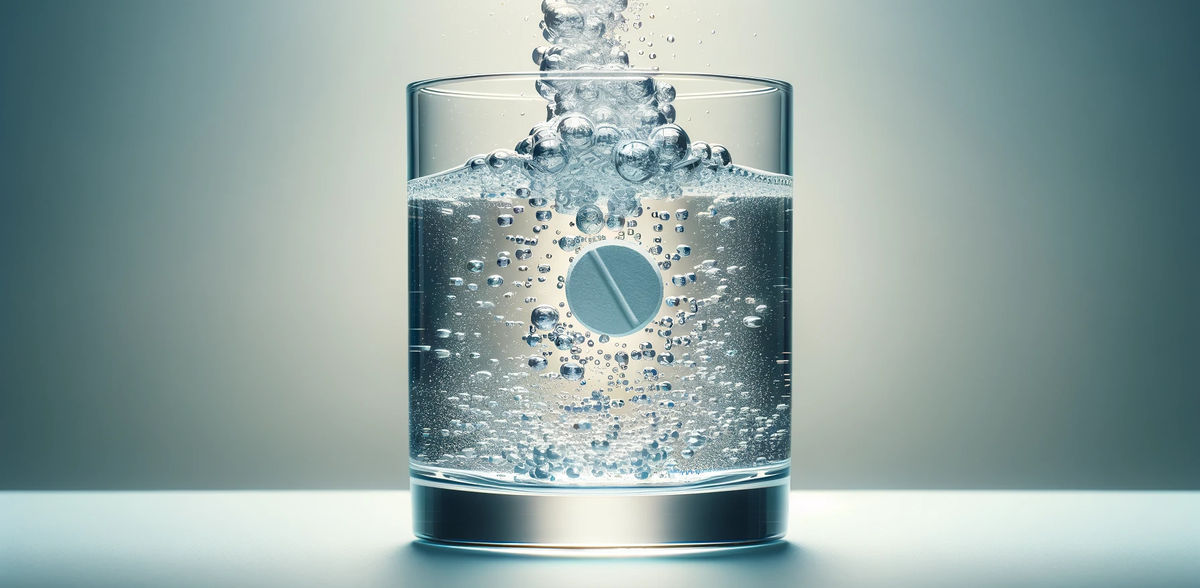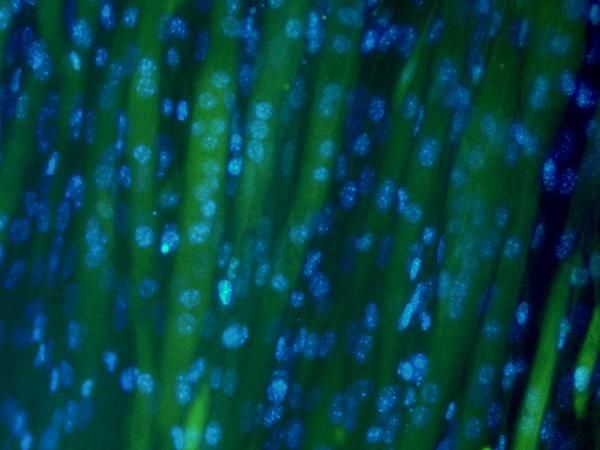Hidden sodium: consumption of effervescent tablets can be harmful for high blood pressure
Sodium consumption often far too high due to ignorance
Advertisement
Effervescent tablets often contain high amounts of sodium. A recent study shows that this also applies to dietary supplements. Patients with high blood pressure should therefore be particularly careful when taking certain food supplements and medicines. The researchers are calling for sodium information to be made mandatory on packaging.
According to the Federal Statistical Office, three out of four people in Germany regularly take dietary supplements. However, very few people know this: In order for effervescent tablets to dissolve in a glass of water, they often contain considerable amounts of sodium. However, an increased intake of sodium or sodium chloride is associated with increased blood pressure. This also increases the risk of cardiovascular diseases such as strokes or coronary heart disease (CHD).
Sodium consumption often far too high due to ignorance
The World Health Organization (WHO) advises limiting sodium intake to less than 2g per day and avoiding foods with a high sodium content and adding salt to food. "In Germany, the average value is far higher than this. This is partly due to so-called hidden sources of sodium," explains Prof. Ulrich Kintscher, spokesperson for the Hypertension Working Group of the German Society of Cardiology - Cardiovascular Research (DGK). These are foods and preparations for ingestion, where it is not always immediately obvious how much sodium they contain. Examples include sausage, cheese and ketchup.
Apparently, effervescent tablets are also one of these hidden sources of sodium, as researchers from Saarland University Hospital (UKS) have now discovered. They examined various effervescent tablets that are sold as food supplements or medicines. Using a special measuring method, they determined the sodium content of 39 effervescent vitamin, mineral, calcium and magnesium tablets from German drugstores, supermarkets and discounters. They also analyzed 33 over-the-counter, pharmacy-only painkillers, cough and cold medicines and calcium preparations available as effervescent tablets. Finally, they compared the German products with 51 dietary supplement effervescent tablets from the USA.
Effervescent tablets quickly exceed the recommended daily dose
"A single vitamin tablet contains an average of 380 mg sodium. That already covers around 20 percent of the daily requirement," says Prof. Felix Mahfoud, Senior Consultant at the UKS Clinic for Cardiology. But effervescent tablets also contain a significant amount of sodium. "Painkillers and cold remedies in particular are high in sodium, with an average of 450 mg per effervescent tablet. According to the manufacturer, the maximum daily dose of one painkiller examined is eight tablets. This alone corresponds to almost twice the maximum amount of sodium recommended by the WHO per day." It should be mentioned that the values varied greatly between the product classes examined. The analyses indicate that German products contain more sodium than US products.
Researchers call for more product transparency for patient well-being
"The results are of great relevance for the management of patients with high blood pressure. Many people are not even aware of the sodium content of effervescent tablets. It must be stated on pharmacy-only products, but is often ignored. On products from drugstores and supermarkets, it does not have to be indicated at all," warns Dr. Michael Kunz from the UKS. The research team is therefore calling for all manufacturers of effervescent tablets to be obliged to indicate the sodium content and the associated risk on the packaging. It would be even better to revise the composition of effervescent tablets and, if possible, reduce the sodium content. Patients should also be encouraged to severely limit their consumption of effervescent tablets containing sodium and to switch to other dosage forms, e.g. tablets.
Note: This article has been translated using a computer system without human intervention. LUMITOS offers these automatic translations to present a wider range of current news. Since this article has been translated with automatic translation, it is possible that it contains errors in vocabulary, syntax or grammar. The original article in German can be found here.
Original publication
Michael Kunz, Felix Götzinger, Cathy M Jacobs, Lucas Lauder, Christian Ukena, Markus R Meyer, Ulrich Laufs, Martin Schulz, Michael Böhm, Felix Mahfoud; "Hidden sodium in effervescent-tablet dietary supplements and over-the-counter drugs: a comparative cross-sectional study"; BMJ Open, Volume 13, 2023-11-27




























































